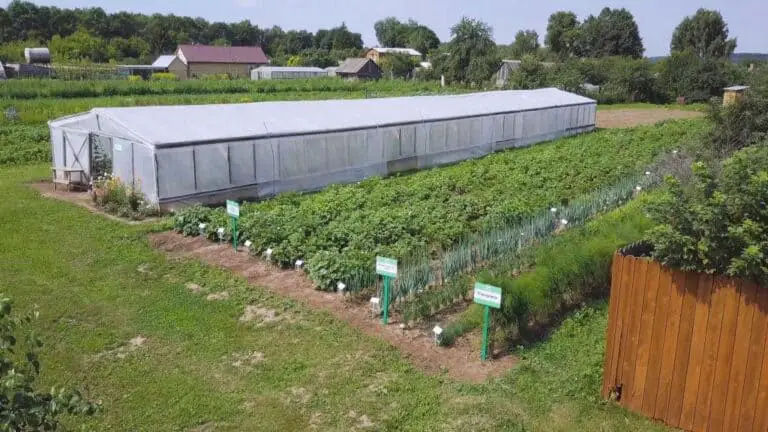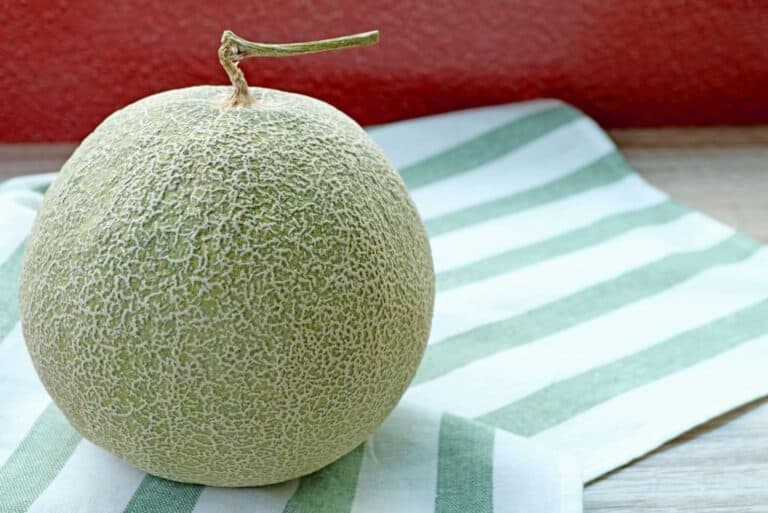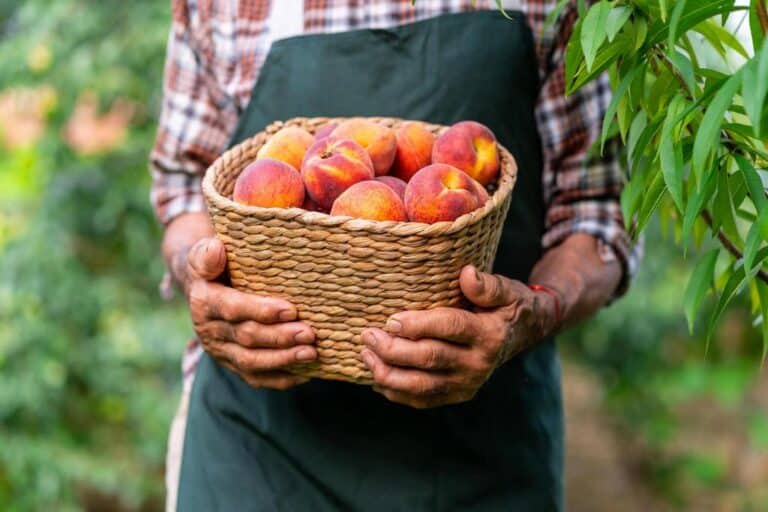Is Dairy Farming a Commercial Farming or Subsistence Farming?
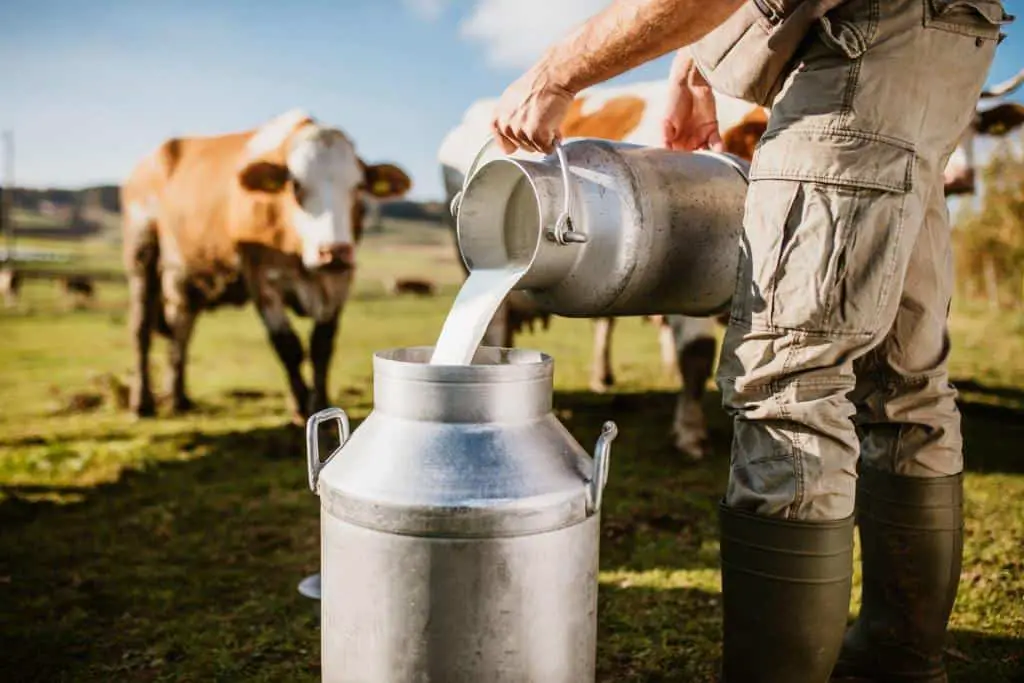
Today, we’re diving into the fascinating world of dairy farming, where cows reign supreme and milk flows like a creamy river. Have you ever wondered whether dairy farming falls into the category of commercial farming or subsistence farming?
Dairy farming is a vital component of the agricultural industry, contributing to the production of milk and dairy products worldwide. It plays a significant role in providing essential nutrients to populations and supporting livelihoods in various regions.
In this article, we will explore the characteristics, economic aspects, social factors, technological advancements, environmental impacts, and coexistence of commercial and subsistence dairy farming.
Understanding Commercial Farming and Subsistence Farming
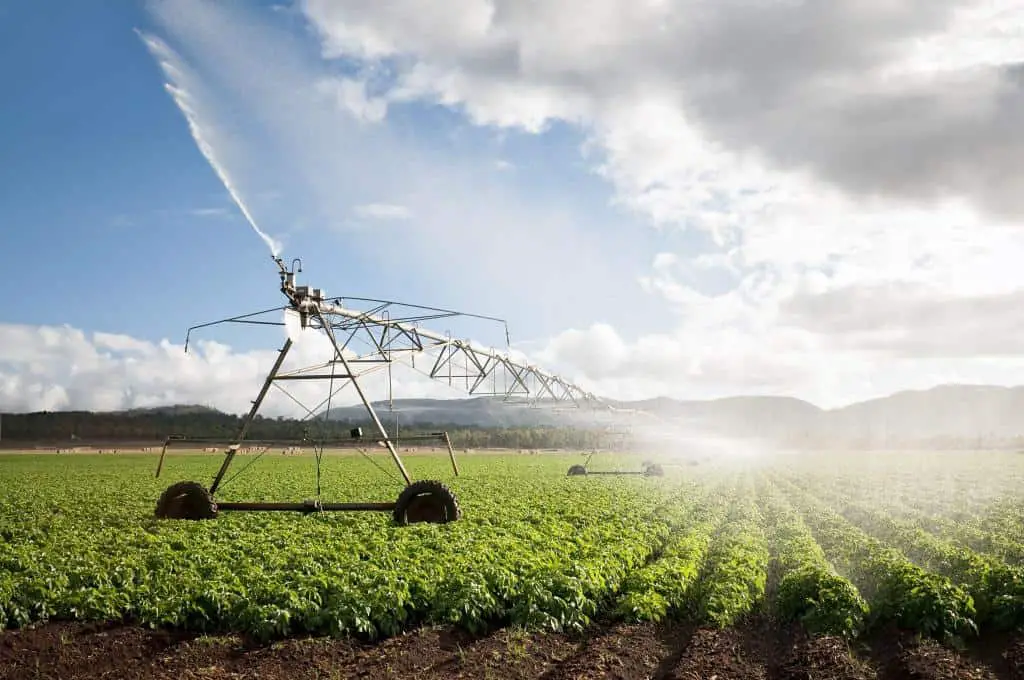
Before delving into the specifics of dairy farming, let’s first understand the concepts of commercial farming and subsistence farming.
Commercial Farming: Commercial farming refers to agricultural practices that focus on producing goods for sale in the market. The primary objective of commercial farming is to generate profit by maximizing yields and efficiently utilizing resources. Commercial farmers typically cultivate large tracts of land and employ modern technologies and machinery to enhance productivity.
Subsistence Farming: Subsistence farming, on the other hand, is characterized by cultivating crops or raising livestock primarily to meet the needs of the farmer and their family. The surplus produce, if any, may be sold or exchanged locally, but the primary goal is self-sufficiency rather than generating profit. Subsistence farmers often rely on traditional methods and have smaller landholdings.
Dairy Farming as Commercial Farming
Now let’s analyze how dairy farming aligns with the characteristics of commercial farming.
Scale of Operations
Commercial farming typically involves large-scale operations, and dairy farming is no exception. Modern dairy farms often have numerous cows and require substantial land, infrastructure, and capital investment. The scale of operations allows for efficient production and economies of scale, enabling dairy farmers to maximize their profits.
Market-Oriented Approach
Dairy farming is inherently market-oriented. Dairy farmers primarily produce milk and dairy products for sale to consumers, retailers, and processors. The revenue generated from these sales constitutes a significant portion of their income.
Commercial dairy farmers focus on meeting market demand, adhering to quality standards, and employing marketing strategies to ensure profitability.
Technological Advancements
In line with the practices of commercial farming, dairy farmers have embraced technological advancements to improve productivity and efficiency. Modern dairy farms utilize innovative technologies such as automated milking systems, computerized feeding systems, and advanced herd management software.
These technologies streamline operations, optimize milk production, and enhance overall farm management.
Professional Management
Commercial farming involves professional management practices, and dairy farming is managed in a similar fashion. Successful dairy farmers employ skilled professionals to handle various aspects of their operations, including animal nutrition, veterinary care, breeding programs, and financial management.
They strive to stay updated with the latest research and industry trends to ensure the sustainability and profitability of their farms.
Elements of Subsistence Farming in Dairy Farming
While dairy farming shares many characteristics with commercial farming, certain aspects align with the principles of subsistence farming as well.
Self-Sufficiency
In some cases, small-scale dairy farmers engage in small-scale subsistence farming by maintaining a limited number of cows to meet the milk and dairy product requirements of their own families.
These farmers often have small herds and rely on traditional farming practices. While they may sell a portion of their surplus produce locally, their primary focus is on self-sufficiency rather than commercial gain.
Traditional and Small-Scale Methods
Although the dairy industry has seen significant technological advancements, some farmers, particularly in remote or underdeveloped regions, still practice traditional and small-scale dairy farming.
These farmers may lack access to modern machinery and technology, relying on manual labor and traditional methods for milking, processing, and preserving dairy products.
Local Market Sales
While commercial dairy farming primarily targets wider markets, some small-scale dairy farmers sell their surplus dairy products locally or within their communities. This localized approach allows them to generate additional income and contribute to the local economy.
These farmers often establish direct connections with consumers, participating in farmers’ markets or selling their products through local stores or cooperatives.
Preservation of Traditional Practices
In certain regions, dairy farming carries a cultural significance that goes beyond commercial considerations. Farmers may choose to continue traditional dairy farming practices as a way of preserving their cultural heritage and maintaining a connection to their ancestral roots.
These farmers prioritize traditional methods, breeding indigenous cow breeds, and producing dairy products using age-old techniques.
The Coexistence of Commercial and Subsistence Dairy Farming
Considering the characteristics discussed above, it is evident that dairy farming encompasses elements of both commercial farming and subsistence farming.
Large-scale dairy farms with advanced technologies and market-oriented approaches clearly align with commercial farming. These farms aim to maximize profits, cater to market demand, and utilize modern farming practices for efficiency and productivity.
On the other hand, small-scale dairy farms that focus on self-sufficiency, traditional methods, and local market sales reflect elements of subsistence farming. These farmers prioritize meeting the needs of their families and communities while preserving cultural traditions and maintaining a close connection to their land and livestock.
Overall, dairy farming can be seen as a blend of both commercial farming and subsistence farming. There are variations based on the scale of operations, technological advancements, market orientation, and cultural contexts. The diversity within the dairy farming sector allows for a range of farming practices, each serving specific purposes and catering to different goals and values.
Whether dairy farming leans more towards commercial or subsistence farming ultimately depends on the individual farm, its objectives, and the prevailing socioeconomic and cultural factors.
Regardless of the classification, dairy farming plays a vital role in meeting the global demand for dairy products, contributing to food security, and sustaining rural livelihoods worldwide.
FAQs
Can dairy farming be both commercial and subsistence-oriented?
Yes, dairy farming can encompass both commercial and subsistence-based practices, depending on the scale, goals, and market orientation of the farm.
What Is the Difference Dairy Farming vs. Animal Husbandry?
Dairy farming specifically targets milk production and typically involves raising and breeding dairy cattle, while animal husbandry is a broader term that encompasses the management and care of various livestock species for multiple purposes, including dairy farming. There are other differences between dairy farming and animal husbandry in areas like: production, breeding selection, process, health and welfare, and many others.
What are the major global regions known for commercial dairy farming?
Major global regions known for commercial dairy farming include North America, Europe, New Zealand, and parts of Asia.
Are there any initiatives to support and promote sustainable dairy farming practices?
Yes, various initiatives and programs exist to promote sustainable dairy farming, such as certification schemes, research and development projects, and government-funded support programs.
Are there any initiatives to support and promote sustainable dairy farming practices?
Yes, various initiatives and programs exist to promote sustainable dairy farming, such as certification schemes, research and development projects, and government-funded support programs.
How does the milk produced in commercial and subsistence dairy farming differ in quality?
The quality of milk can vary based on factors such as animal genetics, feeding practices, and hygiene standards. However, both commercial and subsistence dairy farming can produce high-quality milk when appropriate farming practices are followed.
What are the societal and cultural implications of the shift from subsistence to commercial dairy farming?
The shift from subsistence to commercial dairy farming can impact societal structures, cultural traditions, and the dynamics of rural communities. It can lead to changes in social roles, labor patterns, and the relationship between farmers and their land. It is important to consider the potential social and cultural implications when transitioning from subsistence to commercial dairy farming.
How do government policies impact the viability of dairy farming as a commercial enterprise?
Government policies, such as regulations, subsidies, and trade agreements, can significantly impact the viability of dairy farming as a commercial enterprise. Supportive policies that address market access, provide financial incentives, and promote sustainable practices can enhance the profitability and competitiveness of commercial dairy farming.
Are there any certifications or standards for sustainable dairy farming?
Yes, there are certifications and standards for sustainable dairy farming, such as organic certifications, animal welfare certifications, and environmental sustainability labels. These certifications provide assurance to consumers that the dairy products they purchase are produced in an environmentally and socially responsible manner.

